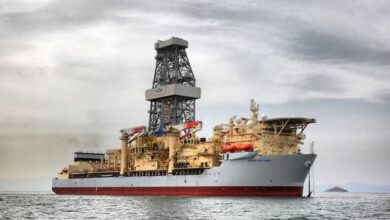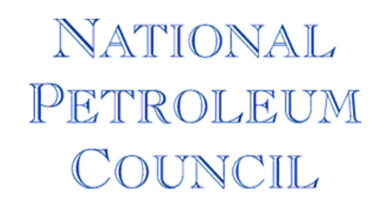Wood Mackenzie: Deepwater Gulf of Mexico to stage a comeback in 2018
The US deepwater Gulf of Mexico sector has struggled since crude prices dropped in late 2014. However, as costs finally settle at a bottom and operators set a new standard for operational efficiency, 2018 might just be a turning point for the sector, according to a new insight by Wood Mackenzie, Deepwater GOM: 5 Things to Look for in 2018.
William Turner, Wood Mackenzie’s Senior Research Analyst and lead author of the insight, said, “Although deepwater Gulf of Mexico has taken quite a beating over the last three years, the industry has clawed its way back to being competitive by significantly cutting costs, improving efficiencies and tightening up the supply chain. 2018 will be a forward looking year for the sector as it lays the foundation for longer term resurgence in 2019 and beyond.”
According to the insight, production of oil and gas in deepwater Gulf of Mexico is expected to reach an all-time record high in 2018 with 1.935 million BOED forecasted (80% oil); surpassing the previous record in 2009 by nearly 10% and representing 13% growth year-over-year.
While 2018 promises to be a record-setting one for the region in terms of production, exploration activity is expected to remain flat. In fact, while more than half the discovered volumes globally are expected to be found in deepwater, Gulf of Mexico will not follow the trend of high-volume discoveries. Instead, operators will continue to focus on conservative, tie-back prospects, which lead to higher success rates but inherently lower-volume, lower-impact finds.
“The current production growth in the Gulf of Mexico cannot be sustained with conventional deepwater fields,” Mr Turner noted. “Increased investments in exploration and development, especially in ultra high-pressure, high-temperature technologies and projects, are crucial not only to maintaining the current pace of production but also in unlocking the next phase of significant volumes in the region.”
“Moreover, policy incentives specific to ultra high-pressure deepwater developments, which require longer lead times than conventional fields, will be crucial in making these volumes competitive against other more attractive reservoirs in Brazil and Mexico,” he added.
2017 saw a string of positive policy developments for the sector. The tax overhaul plan, signed into law last year, drastically increased the fiscal competitiveness of deepwater Gulf of Mexico, relative to other offshore basins. Additionally, in August, the Bureau of Ocean Energy Management relaxed royalty rates to 12.5% for some shallow-water leases, and the Bureau of Safety and Environmental Enforcement proposed a new system aimed at streamlining safety regulations.
“In the coming year, policy will play a key role in positioning the sector for a comeback in 2019,” Mr Turner said. “We look forward to further discussions between the industry and policy makers this year, especially around fiscal terms for deepwater development.”
In the year ahead, technology will continue to play an important role in improving efficiencies and safety as operators increasingly adopt advanced technologies to make deepwater more competitive. Technologies such as managed pressure drilling (MPD), which improve the competitiveness of ultra-high-pressure developments by increasing drilling efficiency and safety through automation, will see increased adoption and demand in 2018.
One area of particular interest is around seismic imaging, which utilizes an actual application of big data. Operators are using supercomputers, big data and analytics to increase resolution and massively reduce image processing time – in some cases, from over a year to a matter of weeks. The results enable smarter well placement and better well design for getting the most out of the reservoir.
“The potential for advanced digital capabilities to improve deepwater competitiveness and productivity are monumental,” Mr Turner said. “In 2018, the industry will finally begin to widely embrace and implement buzzwords like internet of things, automation and big data to achieve new and sustainable efficiencies and optimizations that decrease unplanned downtime, improve maintenance processes, extend asset and equipment life and reduce costs.”





